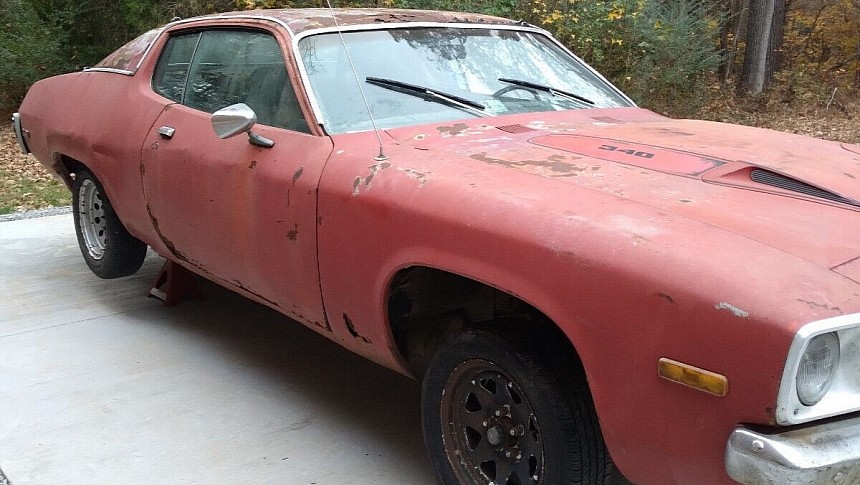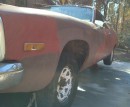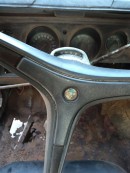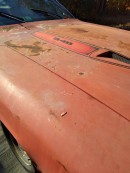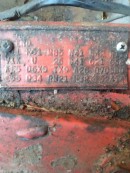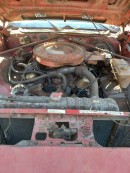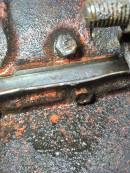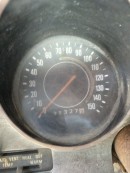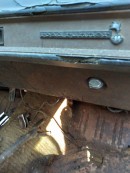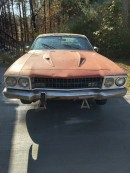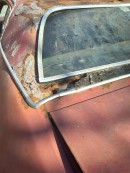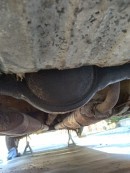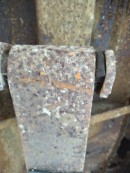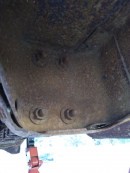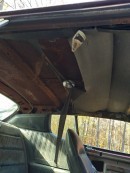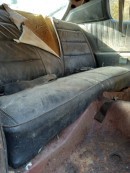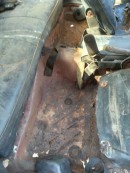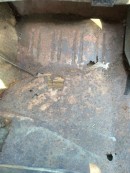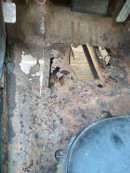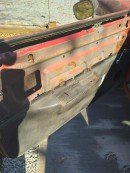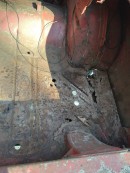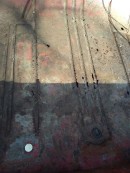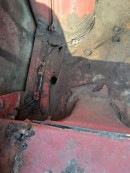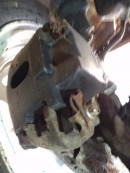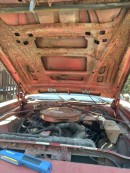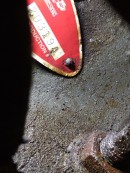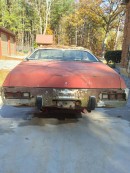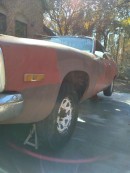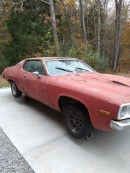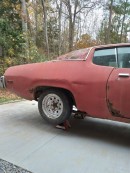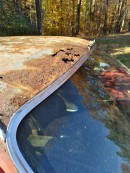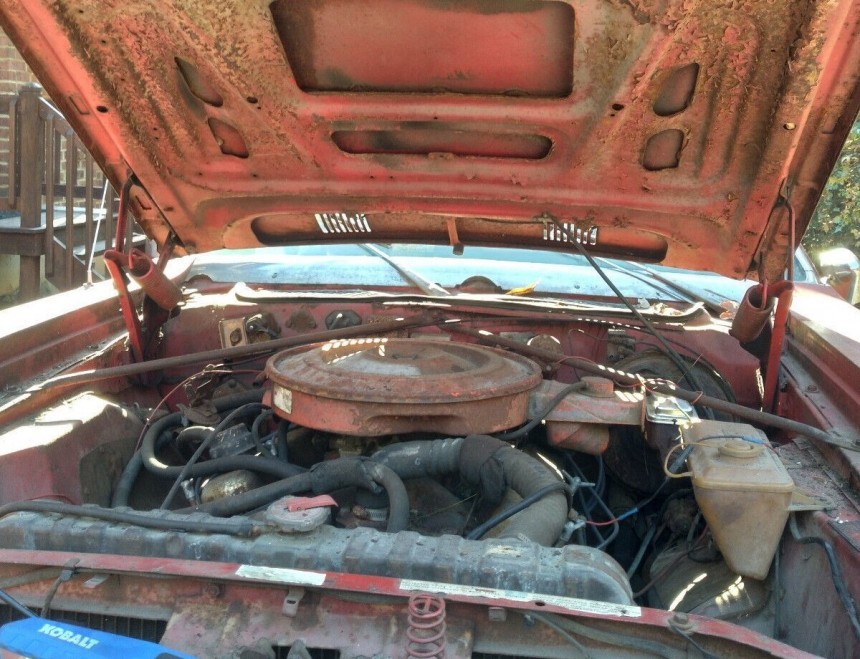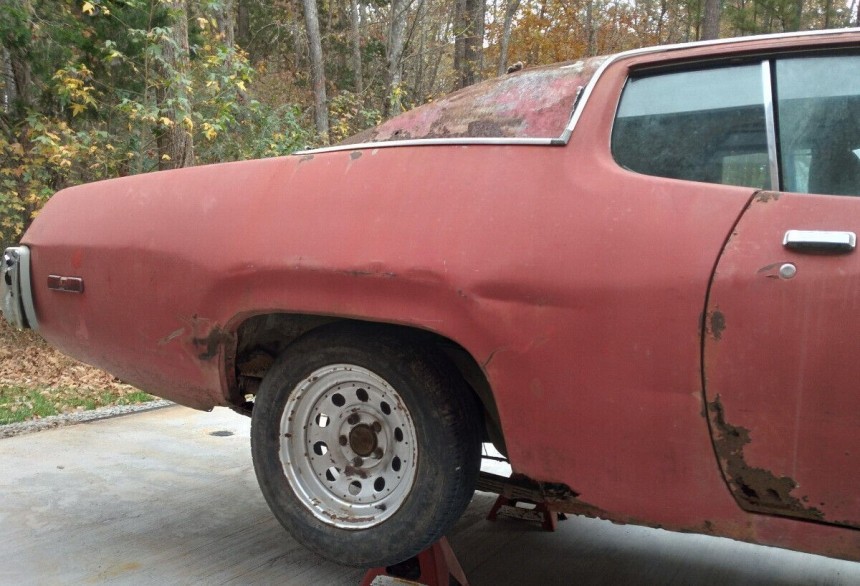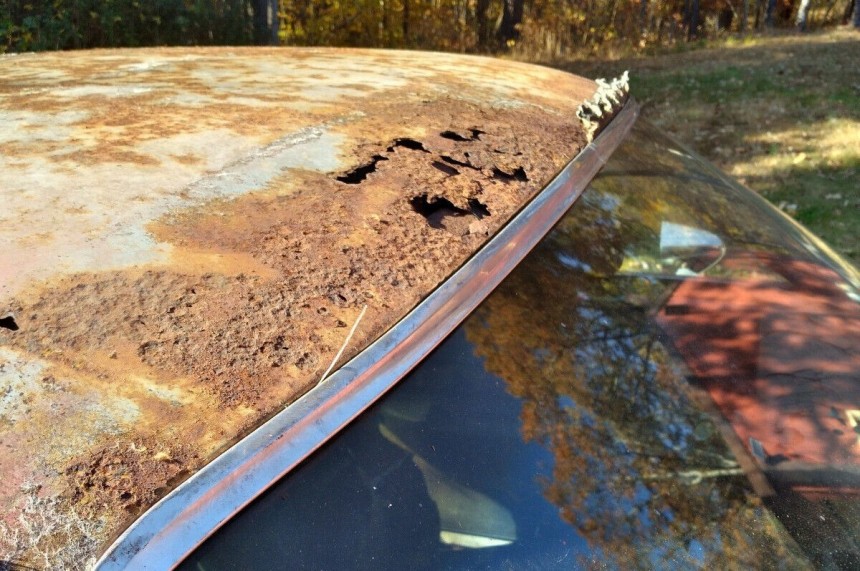It came along without sounding the trumpets of high-end craftsmanship or luxurious treats; it rolled up its sleeves, clenched its bulging-knuckle blue-collared fists, and threw the gauntlet right in the middle of the high table where blue-blooded muscle car sat. It had so few options that they could have been written on a stamp. But it epitomized American no-frills, all-thrills motoring: the Plymouth Road Runner.
The idea wasn’t new – big, powerful engine in a small body, and that’s a wrap; take it out on the straight-line bout, boys. General Motors aimed for the moon with the Pontiac Grand Tempest Option, a.k.a. the GTO, that’s not a Ferrari homage but a downright whiplash on the Prancing Horse’s rump.
Naturally, Detroit followed suit, and the muscle car horsepower wars were declared from all sides. Mother Mopar had the HEMI ace up its sleeve, and it played it perfectly. First, by releasing the A990 factory racers of 1965, the Dodge Coronet and its sibling, the Plymouth Belvedere, with the 426-cube (7.0-liter) Race HEMI in limited numbers. The following year was one of the most important in the history of American carmaking: the Street HEMI came round, firing 425-hp and 490 lb-ft (431 PS, 664 Nm) broadsides from the Dodge Charger battleship.
However, one small detail didn’t go very well with Plymouth’s image: the performance price wasn’t exactly affordable for the hard-working, steel-driving average Joe. And the Chrysler division had a budget-friendly reputation to defend. Enter the Road Runner of 1968. Four wheels, a duo of big-block V8s, a bullet-proof transmission, and a low-price tag. Full stop.
It worked – how could it not? The engines had already proven themselves – the 383-CID Road-Runner-only didn’t mess around at 335 hp (340 PS), and the 425-horse HEMI was its alternative. Take that, Detroit. Sadly, a hidden enemy was lurking in the shadows of the following decade – and it didn’t carry a fearsome eight-cylinder nuclear missile, nor did it blast quarter-miles like a piston-yielding Moby Dick. It came straight from Capitol Hill in the form of the Clean Air Act of December 31, 1970 – and it brought along some friends from the insurance companies.
The pen-savvy duo brought the muscle car to its knees and delivered the final blow. The bullfight was over, and horsepower was slowly fading away into memory. The Road Runner, together with pretty much every single muscle nameplate, dwindled into nothingness. The tell-tale signs were there: the first strike was called in 1972 when the HEMI didn’t rise anymore.
Slowly and quietly, the V8s bowed their big-bore guns into unconditional surrender, although mutinies sparkled hither and thither. By 1973, it was pretty much game over, and in 1974, the surrender was closed. The GTO itself retreated to being an option on a Pontiac Ventura. At the same time, the Road Runner sang its swan song in a sad chorus of Barracudas, Challengers, Chevelles, Torinos, and many others.
'America’s first low-priced Supercar' – as it had been advertised in 1971 when the second generation debuted – wasn’t rising to its ‘Super’ part of the nameplate by 1973. In 1971, a major restyling put the Road Runner on the same fashion-icon page as the much slenderer and more stylish Challenger, Barracuda, and Charger. It only lasted for two years: in ’73, the RR adopted some of the Duster lines.
Sales had been on a downward spiral since 1969 – the model’s all-time best sales year – and the second generation (which debuted in ‘71) fell flat on its face. Between 1971 and 1974, the nameplate garnered a little over 49,000 units in total. Compare this to the 43,000 of its inaugural year or the similarly-performant 1970 model year (44,000) – to say nothing of the 84,000 units sold in its heyday of ’69 – and we see why Plymouth was in shock: the coyote had finally caught the bird, and it was plucking it with vengeful anger.
The second generation offered more engine options than the first – four, unlike the three choices for the 1968-1970 model years. First, the 383 gave way to the 400-cube V8 (Plymouth’s bigger big-block) in ’72, and the Road Runner used the four-barrel version as standard. The 340-4 V8 (5.6-liter) was added to the same year's line-up as the 4-BBL 440 (7.2 liter). The 440-6 remained, but nothing could hide the ugly truth: the HEMI was no more – and sales fully echoed this end of an era: only 6,861 Road Runners were assembled for the model year.
1973 brought about other chronic epidemics for the powertrains: the standard engine was now the 318 two-barrel, and the 440-6 wasn’t available anymore. However, 1973 was the best year of the second generation, with 19,000 cars sold. So it’s pretty natural to come across one with its original parts, although it doesn’t look too good.
One axle in the grave and the other on an oil stain is the best description for this example auctioned on eBay. The car is a good candidate for a project, with its original engine (the 340 V8) and a Torqueflite automatic transmission. The seller advises that the Jasper tag on the tranny could indicate a rebuild or a replacement under previous ownership, and the 8 ¾ rear axle ratio is also unknown.
The good news is that the motor is not seized and does bar over, but rust has eaten away some of this Road Runner – particularly the roof and front floor panels. We don’t know if the engine runs – the current owner never started it because the 340 lacked the air cleaner housing, and the man didn’t wasn’t to clog the engine with debris.
The price is set at $3,500, with a ‘Buy It Now’ option, with five more days to go – and the seller confidently encourages prospects by claiming the drivetrain alone is worth more than the three-and-a-half grand asking price.
Naturally, Detroit followed suit, and the muscle car horsepower wars were declared from all sides. Mother Mopar had the HEMI ace up its sleeve, and it played it perfectly. First, by releasing the A990 factory racers of 1965, the Dodge Coronet and its sibling, the Plymouth Belvedere, with the 426-cube (7.0-liter) Race HEMI in limited numbers. The following year was one of the most important in the history of American carmaking: the Street HEMI came round, firing 425-hp and 490 lb-ft (431 PS, 664 Nm) broadsides from the Dodge Charger battleship.
However, one small detail didn’t go very well with Plymouth’s image: the performance price wasn’t exactly affordable for the hard-working, steel-driving average Joe. And the Chrysler division had a budget-friendly reputation to defend. Enter the Road Runner of 1968. Four wheels, a duo of big-block V8s, a bullet-proof transmission, and a low-price tag. Full stop.
The pen-savvy duo brought the muscle car to its knees and delivered the final blow. The bullfight was over, and horsepower was slowly fading away into memory. The Road Runner, together with pretty much every single muscle nameplate, dwindled into nothingness. The tell-tale signs were there: the first strike was called in 1972 when the HEMI didn’t rise anymore.
Slowly and quietly, the V8s bowed their big-bore guns into unconditional surrender, although mutinies sparkled hither and thither. By 1973, it was pretty much game over, and in 1974, the surrender was closed. The GTO itself retreated to being an option on a Pontiac Ventura. At the same time, the Road Runner sang its swan song in a sad chorus of Barracudas, Challengers, Chevelles, Torinos, and many others.
Sales had been on a downward spiral since 1969 – the model’s all-time best sales year – and the second generation (which debuted in ‘71) fell flat on its face. Between 1971 and 1974, the nameplate garnered a little over 49,000 units in total. Compare this to the 43,000 of its inaugural year or the similarly-performant 1970 model year (44,000) – to say nothing of the 84,000 units sold in its heyday of ’69 – and we see why Plymouth was in shock: the coyote had finally caught the bird, and it was plucking it with vengeful anger.
The second generation offered more engine options than the first – four, unlike the three choices for the 1968-1970 model years. First, the 383 gave way to the 400-cube V8 (Plymouth’s bigger big-block) in ’72, and the Road Runner used the four-barrel version as standard. The 340-4 V8 (5.6-liter) was added to the same year's line-up as the 4-BBL 440 (7.2 liter). The 440-6 remained, but nothing could hide the ugly truth: the HEMI was no more – and sales fully echoed this end of an era: only 6,861 Road Runners were assembled for the model year.
One axle in the grave and the other on an oil stain is the best description for this example auctioned on eBay. The car is a good candidate for a project, with its original engine (the 340 V8) and a Torqueflite automatic transmission. The seller advises that the Jasper tag on the tranny could indicate a rebuild or a replacement under previous ownership, and the 8 ¾ rear axle ratio is also unknown.
The good news is that the motor is not seized and does bar over, but rust has eaten away some of this Road Runner – particularly the roof and front floor panels. We don’t know if the engine runs – the current owner never started it because the 340 lacked the air cleaner housing, and the man didn’t wasn’t to clog the engine with debris.
The price is set at $3,500, with a ‘Buy It Now’ option, with five more days to go – and the seller confidently encourages prospects by claiming the drivetrain alone is worth more than the three-and-a-half grand asking price.
